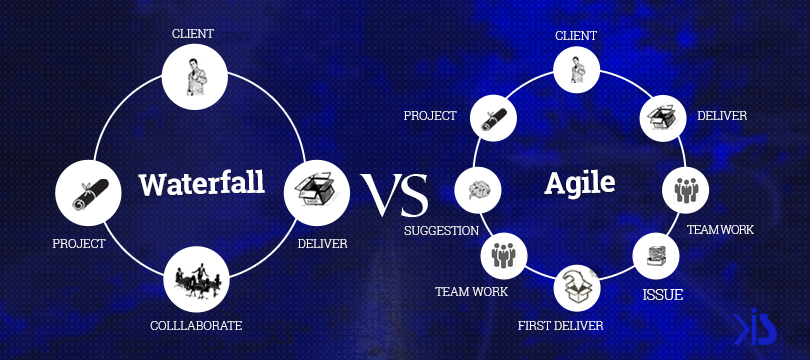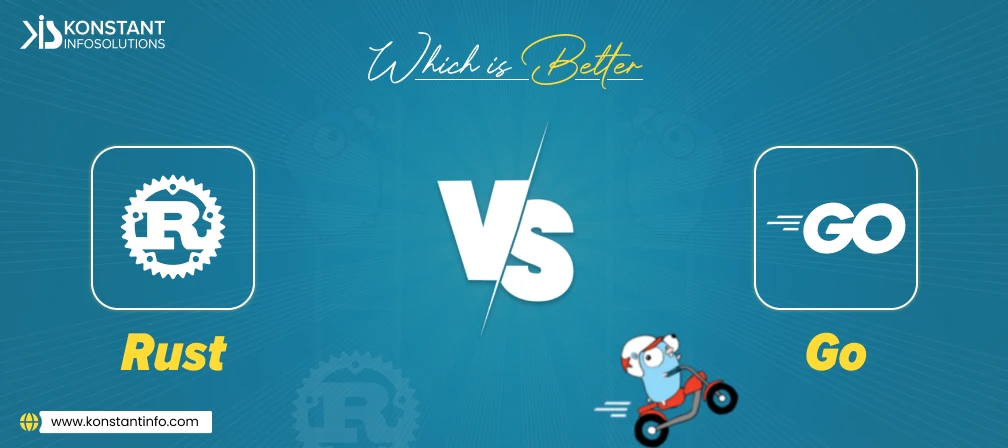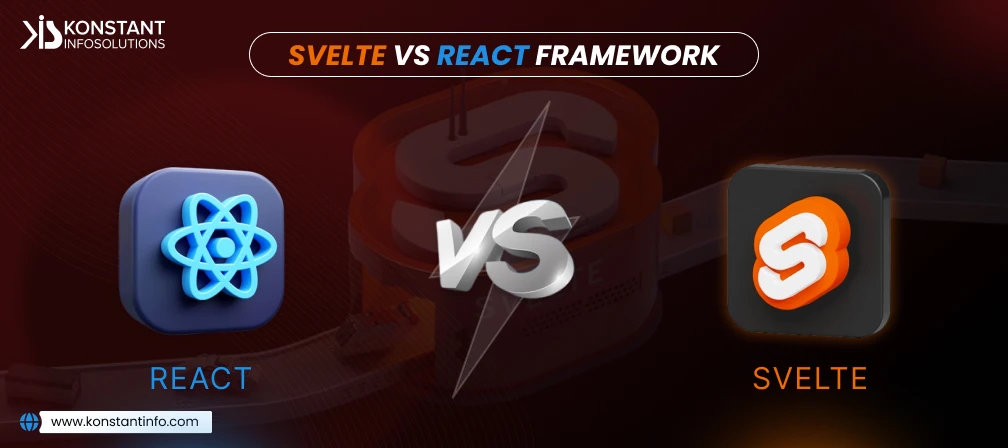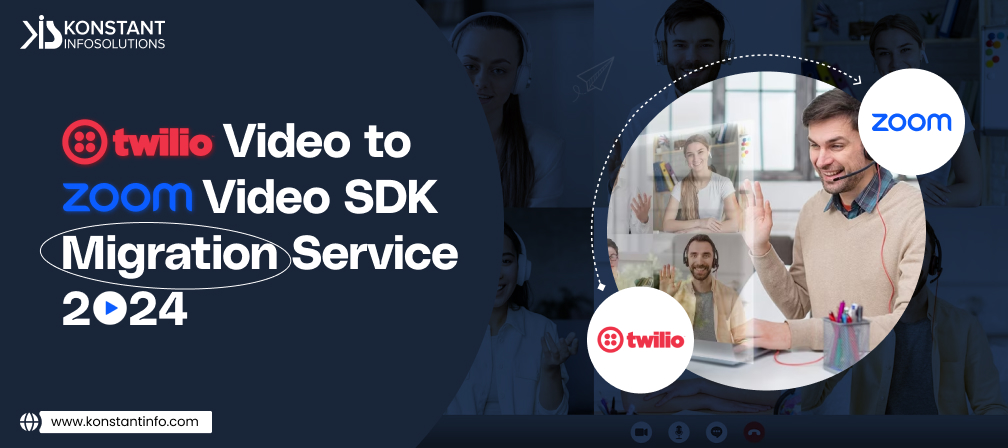
Here’s a scenario; you have requirements for the development of a website or mobile app for your business. You create a list of prospective candidates and narrow it down till you find the perfect firm for your development needs. You discuss your requirements with them, they analyze your requirements, provide you with a delivery schedule and budget and everything is fine and dandy. Your project is a go and you’re now waiting to see what the resultant offering will be.
Now in this scenario, did you stop and think about the firm’s development methodology? Maybe you did and maybe you didn’t. If you did think of the methodology the firm would use, you would have made a choice based on whether you prefer the Agile or the Waterfall methodology for your project. If you didn’t think of this factor, I’m here to tell you that you should have. It is important.
Before we get to the chewing gum inside the methodology lollipop, here’s a brief on the Agile and Waterfall methodologies.
Waterfall Methodology
The Waterfall methodology can most readily be described as a sequential design and development process. In essence, it means that the work is carried out by the developers in a sequential pattern, where they divide the work into a sequence of phases. Only after work is finished on a previous phase, does work on the next phase begin. Considering that the process is sequential one, developers cannot work on a phase once it is completed.
If the client does call for such a change, the entire project has to be scrapped and work would have to once again begin from scratch. Waterfall is defined by the rigidity of its development process and work has to be carried out with utmost care to avoid delays or resets.
Agile Methodology
The Agile methodology is a newer concept that was engineered in response to the shortcomings of the Waterfall methodology. To combat the rigidity of the Waterfall design, Agile focuses on a more incremental approach. The developer divides the work into small modules and work is carried out on them in short weekly or monthly bursts. Upon completion of a module, the project is tested and scrutinized on the basis of the projects requirements. This allows the developer to discover bugs early on while at the same time gives the client a chance to look over the result and provide his/her feedback, which can then be incorporated into the design.
Now to the benefits and drawbacks of both these methodologies and which one you should be adopting.
Waterfall – The Benefits
Waterfall – The Drawbacks
Agile on the other hand does offer more benefits and fewer drawbacks as compared to Waterfall.
Agile – The Benefits
Agile – The Drawbacks
And there we have it, everything you need to know about the Waterfall and Agile methodologies. While it would be wrong to say that Agile is better than Waterfall, it is true that most firms prefer Agile for its flexibility and scope for greater client satisfaction. At the end of the day however, it is always better to conduct an analysis of exactly what your project requires and which methodology would be more beneficial to you.
By: [googleplusauthor]



Manish Jain is the co-founder and Managing Director at Konstant Infosolutions. He is responsible for the overall operations of the company and has played a major role in bringing Konstant up from its humble beginnings and, with his immense energy and drive, transforming it into a globally trusted name in IT solutions.
Or send us an email at: [email protected]